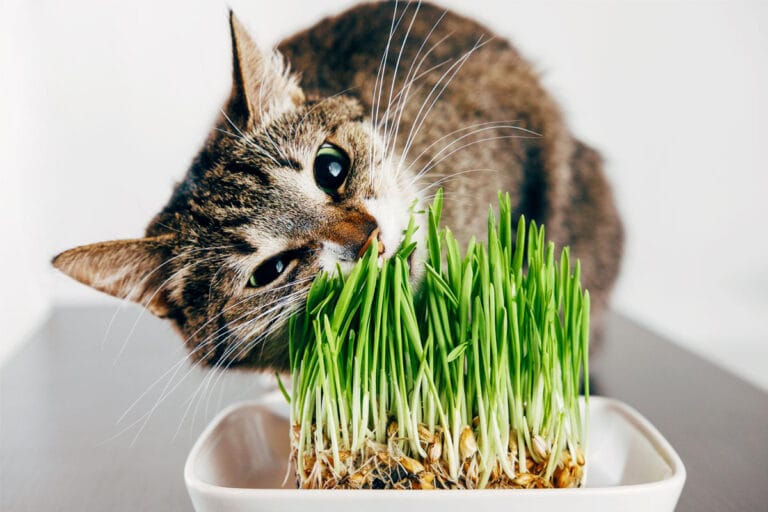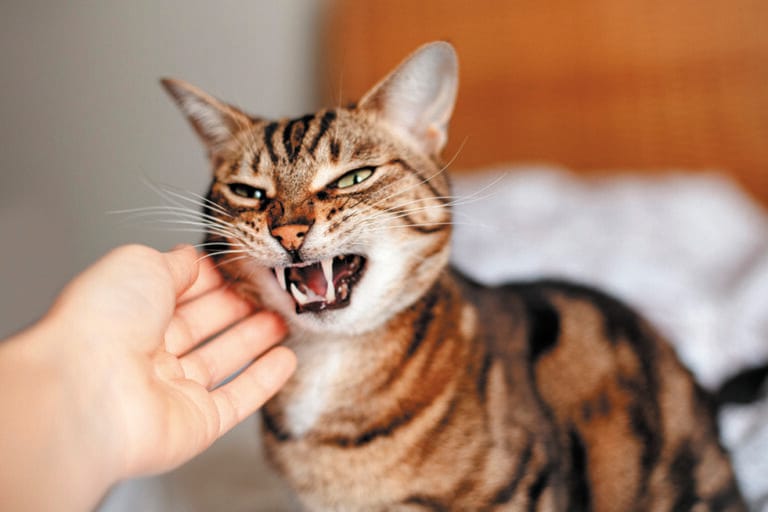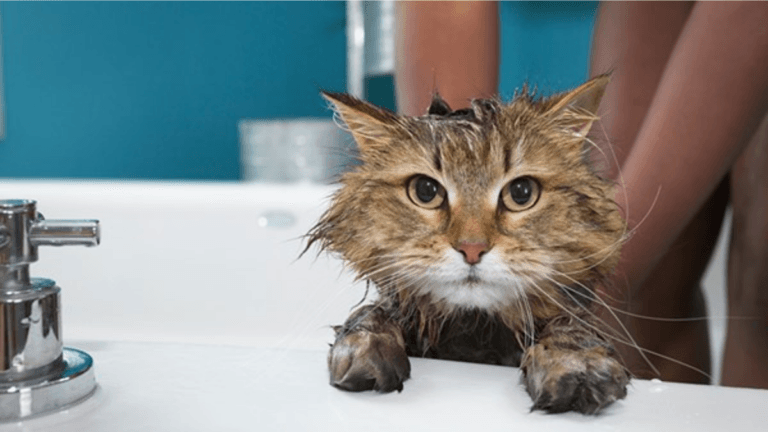5 tips to help you cope with the death of your cat
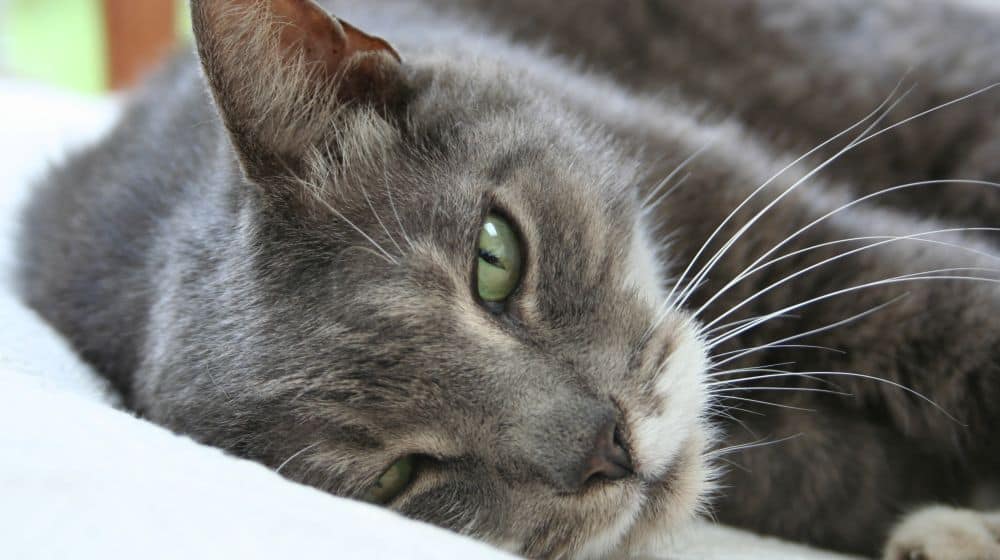
After years of living together, of happiness, of shared moments, and of games, how can we overcome this milestone? How to digest the news of the death of your feline friend? Who can we confide in and express our emotions? Would it be a good idea to adopt another one?
Knowing that this type of event can lead to depression, not only in the owner but also in other pets in the family, it is important to find the strength to go up the slope.
Here are 5 tips to help you overcome the loss of your cat, should you ever have to go through this painful experience.
1. Express your emotions
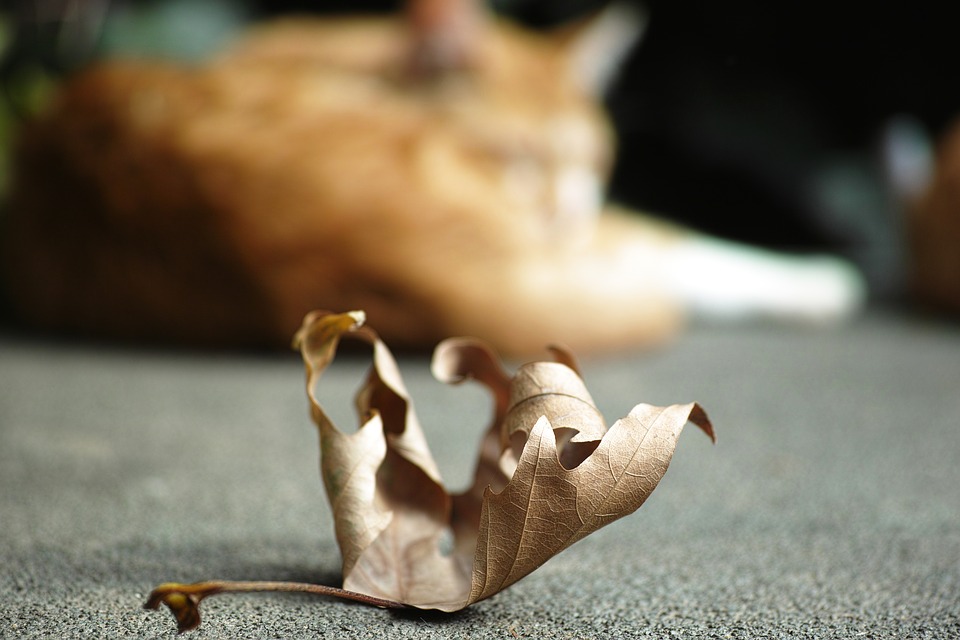
The worst thing to do when you go through a difficult time is to suppress your emotions. This is a bad reflex which should be avoided even more when it comes to the loss of a loved one.
It is vital to express and externalize feelings as strong as anger, shock, and grief, which are associated with the death of your cat.
The best is therefore to confide in cat owners, especially those who have been there. They are in a good position to understand you and usually have no shortage of great advice to help you deal with the situation.
2. Turn to the vet

As we have seen before, it is important to find someone who can be trusted with your distress. The vet is one of those people you can trust and who, moreover, know exactly what you are talking to them about.
3. Keep only the bare minimum of what belonged to the cat
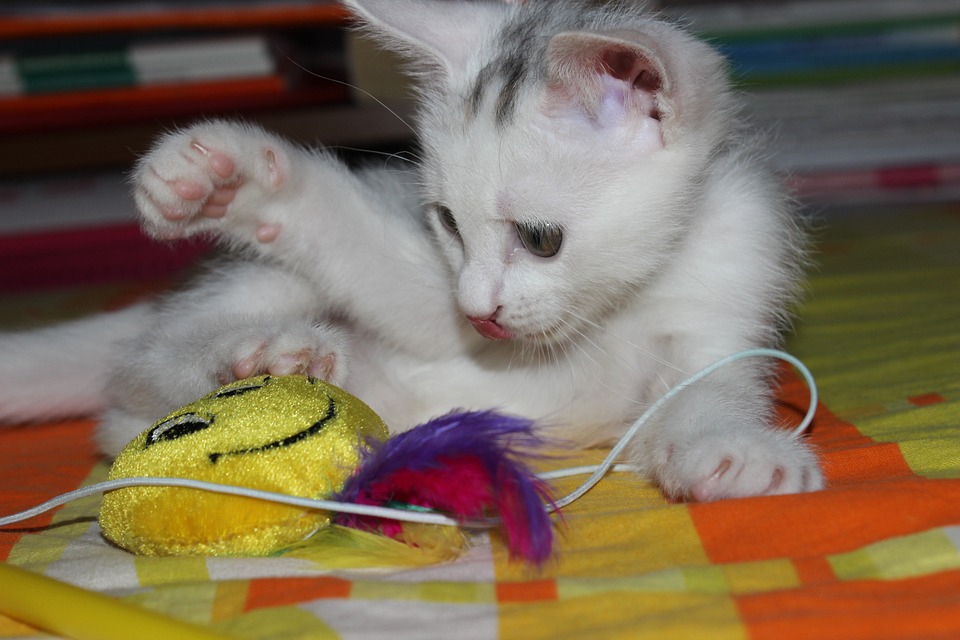
Perhaps it would be more reasonable to continue to detain only a few of them. Only the ones that are most valuable to you.
First, because the memory of the cat goes far beyond this material aspect. Then these accessories can be useful for other cats if they are in good condition. You can donate it to a local shelter, for example.
4. Offer him a burial

Accompanying your deceased cat to its final resting place or performing any form of the funeral rite can help you cope with its disappearance.
5. Adopt another cat?
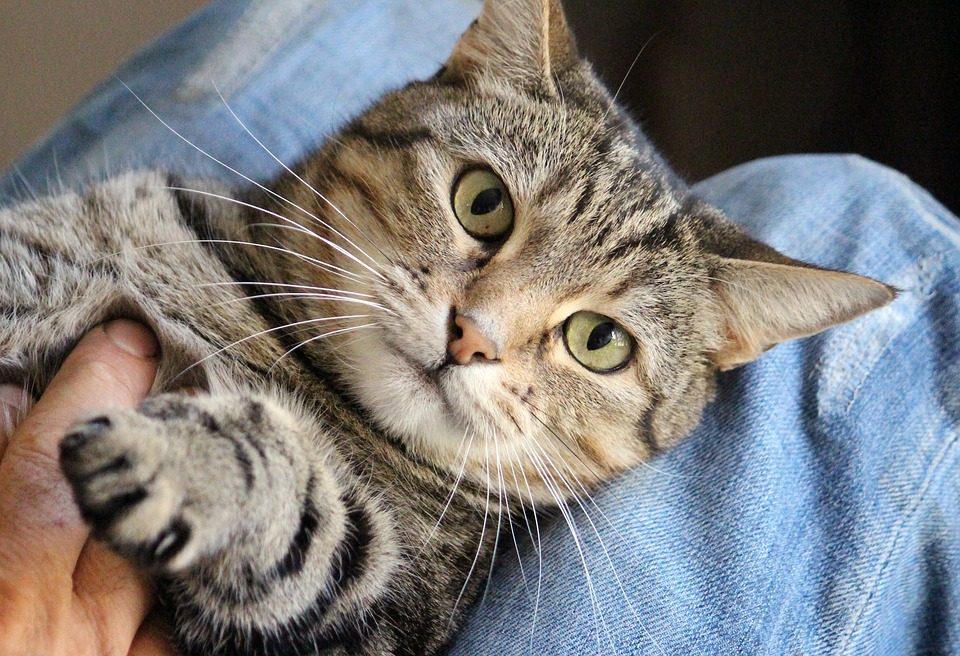
You might think that adopting another cat can make it easier to get through the ordeal of loss. In fact, it depends on many aspects, such as the time spent with the deceased animal and the circumstances of its disappearance. What is certain is that you must first grieve before taking this step.
